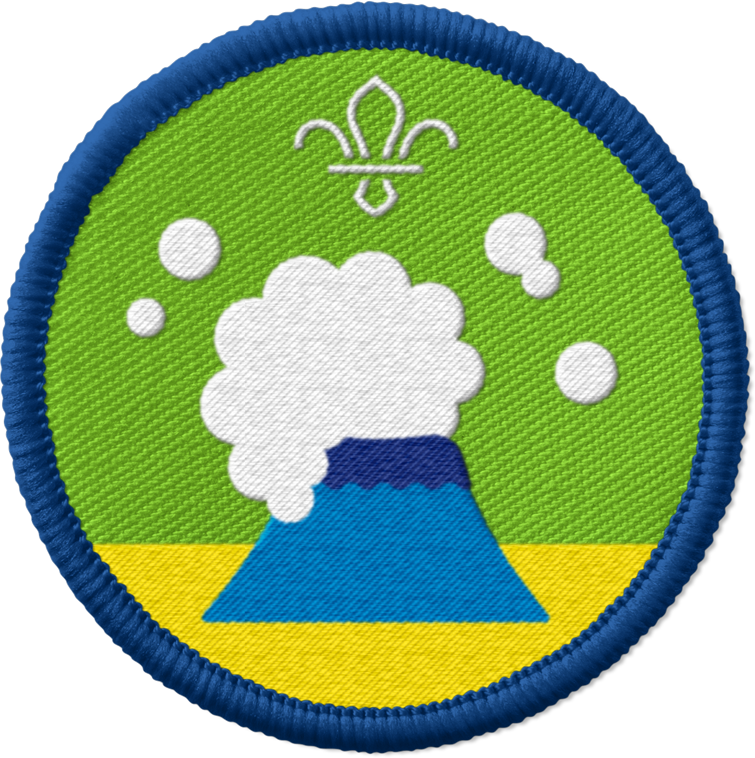Feel the view
You’ll need
- Big pieces of card
- Pens or pencils
- Glue sticks
- Dried food (for example, pasta, beans, rice)
- Natural materials (for example, leaves, twigs, feathers)
- Craft materials (for example, tissue paper, pipe cleaners, stickers)
- Aprons (or old clothes)
To watch in full screen, double click the video
What is tactile art?
Tactile art is supposed to be touched. It includes different layers and textures to represent different things and because you experience it by feeling it, it often doesn’t matter what it looks like. Lots of people can experience tactile art – including people who are blind or partially sighted, or who have visual impairments. These people are often excluded from other types of art that you can only experience by looking at.
Collect your materials
- Before you meet, everyone should spend some time thinking about items with different textures that would work well as part of a collage. These items may include sweet wrappers, leaflets, or wrapping paper. They should bring in any items they can from home, to share with everyone else.
-
- Items need to be small and light enough to stick to a piece of paper.
- Items need to be things that people are happy to stick to paper – they shouldn’t be anything important or precious.
- Items need to be clean and safe, for example not sharp.
- Together, everyone should go outside and look for natural items they can take to make a piece of art. These items may include leaves, twigs, or seeds. If you don’t have any outdoor space, you could go to a local park, or ask people to go between meetings.
-
- Items should be on the ground already, for example, because they’ve fallen off plants. No one should damage any living plants.
- As before, items should be small and light enough to stick to a piece of paper and safe to use. If they’re not clean, you should wipe or wash them when you get inside, before you make your art.
Make your art
- Give everyone a piece of card.
- Everyone should sketch the landscape they’re going to create with their tactile art. It doesn’t need to be perfect, as they’ll be sticking materials on top – this is just a rough outline.
- If they have aprons or old clothes, people should put them on now (if they’re not already wearing them).
- Everyone should help lay the materials they’ve collected out, so it’s easy to see and feel them.
- Everyone should close their eyes, and feel different materials.
- Once everyone has gathered and laid out their materials, they should stick them down with PVA glue. It’s fine to leave gaps of blank card, as this is a texture in itself.
- All of the artwork should be left to dry before anyone tries to feel it, or they’ll just move the materials around in the wet glue.
- Once the artwork is dry, everyone should experience each other’s pieces.
Reflection
This activity can help you think about how to respect and value others. People who are blind, or who have visual impairments, often miss out on art if no adaptations are made. How do you think it might feel to be excluded? Why is it important that tactile art is made and displayed? What else could be made tactile for people who are blind or have visual impairments (think about thinks like maps, or signs)? How else could you make art more accessible for people who are blind or have visual impairments (think about things like image descriptions, which explain things in words which can be read out)?
This activity also gave you an opportunity to value the outdoors. Did you enjoy going outside to collect your materials? Did you feel comfortable in the space? Why is it important to spend time outside, and to have outdoor spaces? Did you look after the natural spaces while taking the materials you needed?
Safety
All activities must be safely managed. You must complete a thorough risk assessment and take appropriate steps to reduce risk. Use the safety checklist to help you plan and risk assess your activity. Always get approval for the activity, and have suitable supervision and an InTouch process.
- Glue and solvents
Always supervise young people appropriately when they’re using glue and solvent products. Make sure there’s plenty of ventilation. Be aware of any medical conditions that could be affected by glue or solvent use and make adjustments as needed.
- You don’t have to limit your pictures to landscapes – people could create a portrait or still life too.
- You could paint over your (dry) creations. Remember, you experience them with touch, so they don’t need to be true to life. They could be all one colour, or different colours. Think about the way dry paint might change the texture of some things, for example cotton wool.
- Anyone who doesn’t want to close their eyes while they feel the materials can keep them open. Anyone who’s sensitive to textures can just use ones they feel comfortable with, use fewer types, or just draw or paint.
- Anyone who finds it difficult to not match the colour of their materials to the colour of real life items could colour in their materials with pens or paint.
All Scout activities should be inclusive and accessible.
This activity could be a great way to introduce the Beavers or Cubs Disability Awareness Activity Badge.


